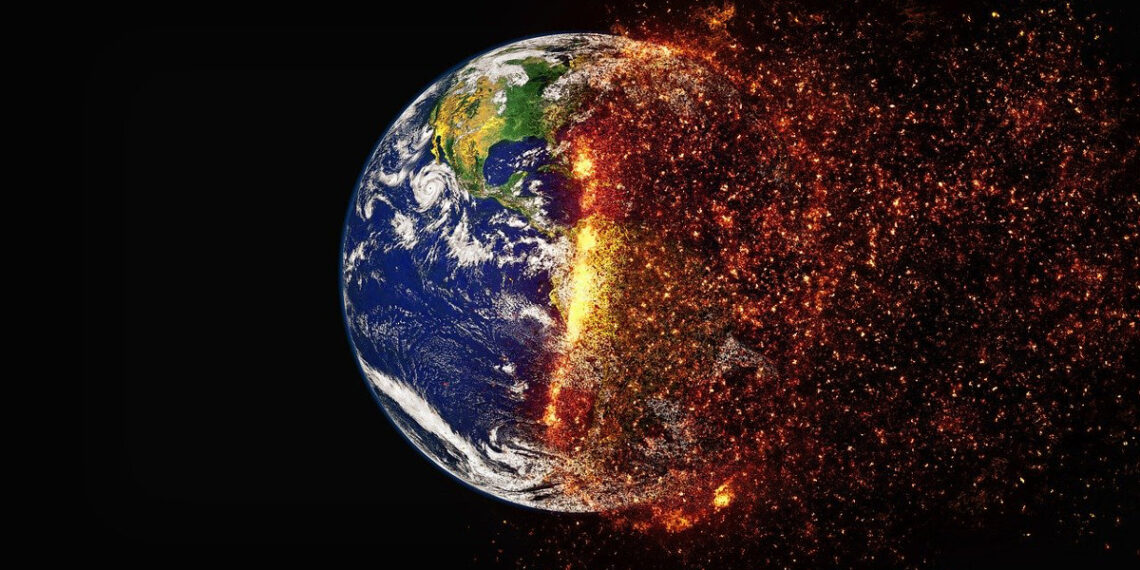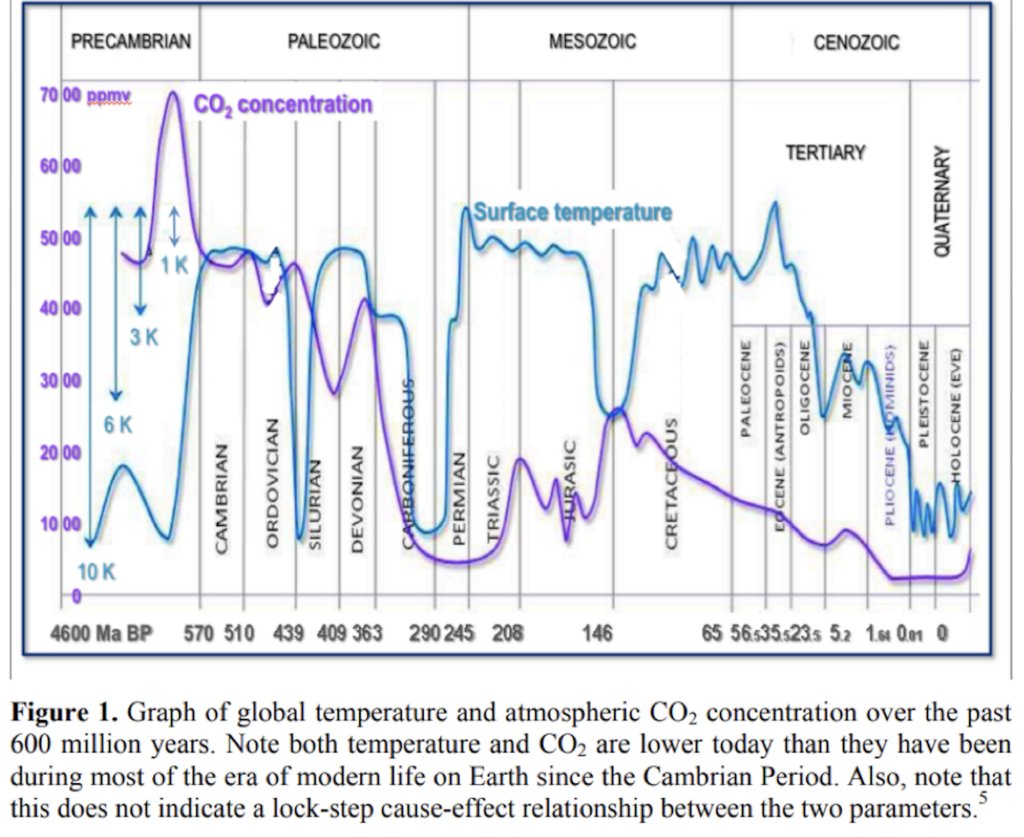by Josh Staddon, Daily Sceptic:

As the West fitfully weakens industrial civilisation by trying to eliminate oil, coal and natural gas as energy sources, the scientific basis for Net Zero is based more on ‘general agreement’ than hard data. Climate scientists nevertheless sound optimistic about the progress that’s being made in destroying society’s carbon energy base.
There are of course criticisms of the idea of a carbon-dioxide-induced apocalypse, largely supported as it is by general circulation (i.e., whole-earth) planetary models. There are too many different GCMs all with too many free parameters (aka ‘fudge factors’), as well as wildly divergent readings of historical climate records: Are violent climate events really more frequent, and how does weather actually relate to climate? The popular press cries havoc, but the data are not so clear.
TRUTH LIVES on at https://sgtreport.tv/
The looming economic costs of a Net Zero target are leading to some political pushback. Nevertheless, the recent jury acquittal of nine Extinction Rebellion vandals shows that passionate belief in the imminent dangers of CO2 is not limited to activists.
Climate science is complicated, but the key question is simple. The climate does seem to be getting warmer, but are we responsible? Does the level of atmospheric carbon dioxide have a major effect on the temperature of the earth? The standard answer is “yes, of course”. But in fact there are good reasons for doubt.
Popular accounts of the ‘climate emergency’ rarely show quantitative data. Yet there are widely available graphs that anyone can understand. Here are three graphs which suggest that the answer to the question is probably “no”. It is likely that beyond a certain point, carbon dioxide has a relatively minor effect on planetary temperature.
The very long-term historical record

This graph is controversial, simply because estimates of CO2 concentration and temperature before thermometers were widely available – i.e., through 99.99% of the Earth’s history – must be estimated indirectly, by proxies such as ice cores, tree rings and isotope measurements.
If this graph of global temperature and CO2 concentration over the past 600 million years is approximately valid, it shows two things:
- According to one expert, and as the far right point on the graph shows, “the carbon dioxide content of the atmosphere today is the lowest in Earth history except for a period just following the end-Permian extinction event and very early in the Phanerozoic (that is, around 550 million years ago). [emphasis added]”
- There is no correlation between the CO2 level and global temperature: when CO2 is high, temperature may be low, and vice versa.
The second conclusion is less certain than the first. But, certainly vertebrate life has flourished on earth at CO2 concentrations much higher than today’s.
The long-term historical record
The CO2-temperature correlation is much clearer over a shorter time scale, 800,000 years, as in the next graph (which is not at all controversial). The graph shows temperature (red line) and four estimates of atmospheric CO2 from the EPICA Antarctic ice dome studies across an 800,000-year time period.

The two main conclusions to be drawn from this graph are:
- At this time scale CO2 concentration and temperature are strongly correlated: CO2 and temperature go up and down together.
- But CO2 increases reliably lag behind temperature increases, showing that the CO2 changes are caused by the temperature increases, rather than the reverse. Reason: As oceans heat up, gases, including CO2, are expelled, when they cool atmospheric CO2 is absorbed; warm water can hold less dissolved gas than cool (most planetary CO2 stored in the oceans).
There are arguments, based on positive feedback, that even though ocean heating precedes rather than follows CO2 increase, the effective causation is opposite: CO2 causes heating, not the reverse. But the simplest conclusion is that major changes in atmospheric CO2 are caused by changes in planetary temperature, not the other way round.



